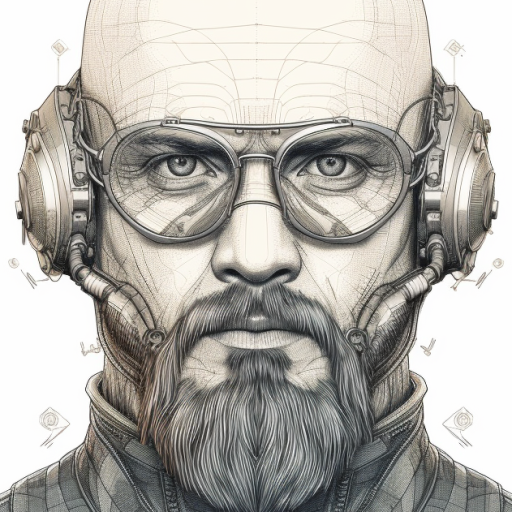Introduction
Atomic design is a methodology developed by Brad Frost that allows developers to construct UIs from individual parts, starting from basic building blocks. These components or parts, named after chemistry’s basic building blocks, include atoms, molecules, organisms, templates, and pages. In this blog post, we’ll review how to use these principles in a Laravel application.
The Origins of Atomic Design
The Atomic Design methodology was conceived by Brad Frost. The philosophy behind Atomic Design takes its inspiration from the world of chemistry. The idea is that all matter in the universe is made up of atoms, which combine to form molecules, which in turn combine to form more complex structures.
In 2013, Frost first wrote about Atomic Design in a blog post, introducing a new way to think about constructing web interfaces. His methodology encourages designers and developers to break down interfaces into fundamental building blocks (which he named “atoms”) and then hierarchically combine these blocks to form more complex, reusable components (or “molecules” and “organisms”). This concept was expanded further in his book, also titled “Atomic Design”, which was published in 2016.
Brad Frost’s approach to design has resonated with many in web development for its logical, efficient, and maintainable way of constructing UIs. From a single atom to a complex interface, Atomic Design gives us a methodology for creating, testing and maintaining robust design systems. This makes it a natural fit for modern, component-based web frameworks like Laravel.
What is Atomic Design?
Atomic design, as said, involves creating interfaces deliberately and hierarchically. It breaks down UI into the following parts:
- Atoms: These are the most basic building blocks. Examples include buttons, input fields, and other HTML elements.
- Molecules: A group of atoms functioning together as a unit. Examples include a form element composed of label and input atoms.
- Organisms: Complex UI components composed of groups of molecules and/or atoms and molecules. Examples include a header consisting of logo, navigation, and search form molecules.
- Templates: Page-level objects that place components into a design and layout context. Templates lay out the design.
- Pages: These are specific instances of templates. Here, placeholder content is replaced with real content.
Example: Building a Blog Comment System
Let’s go through an example where we create a simple commenting system for a blog post. We’ll start from atoms and build our way up to a complete page.
Atoms
The basic building blocks of your interface, like an input field:
<!-- resources/views/components/atoms/input.blade.php -->
<input {{ $attributes->merge(['class' => 'form-input']) }} />Molecules
Molecules are groups of atoms functioning together. For example, a comment form molecule that uses the input atom:
<!-- resources/views/components/molecules/comment-form.blade.php -->
<form method="POST" action="/comment">
@csrf
<x-atoms.input type="text" name="username" placeholder="Enter your username" />
<x-atoms.input type="text" name="comment" placeholder="Enter your comment" />
<button type="submit">Submit</button>
</form>Organisms
Organisms are groups of molecules joined together. In our example, a comments section that includes multiple instances of the comment form:
<!-- resources/views/components/organisms/comments-section.blade.php -->
<section>
<h2>Comments</h2>
<x-molecules.comment-form />
@foreach($comments as $comment)
<article>
<h3>{{ $comment->username }}</h3>
<p>{{ $comment->body }}</p>
</article>
@endforeach
</section>Templates
Templates place components into a layout. For our blog, we can create a template for a blog post that includes the comment section:
<!-- resources/views/components/templates/blog-post.blade.php -->
<article>
<h1>{{ $post->title }}</h1>
<p>{{ $post->body }}</p>
</article>
<x-organisms.comments-section :comments="$post->comments" />Pages
Finally, pages are instances of templates that show what a UI looks like with real representative content in place. A blog page that makes use of the blog post template would look like this:
<!-- resources/views/pages/blog.blade.php -->
@extends('layouts.app')
@section('content')
@foreach($posts as $post)
<x-templates.blog-post :post="$post" />
@endforeach
@endsectionConclusion
You can create reusable, maintainable, and organized code by structuring your Laravel components according to the atomic design methodology. This approach allows for a more efficient and scalable development process. When building your applications, always consider how you can break down your interfaces into these atomic components to make your work easier and your code cleaner.
Remember, building reusable components with a clear, well-defined purpose and interface is key to creating reusable components. It’s also important to ensure they are well-documented and that they are easy to test and maintain. Happy coding!

